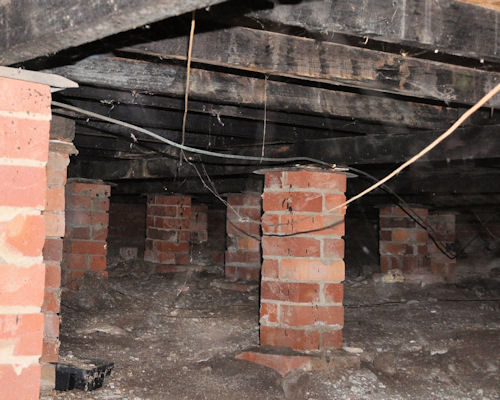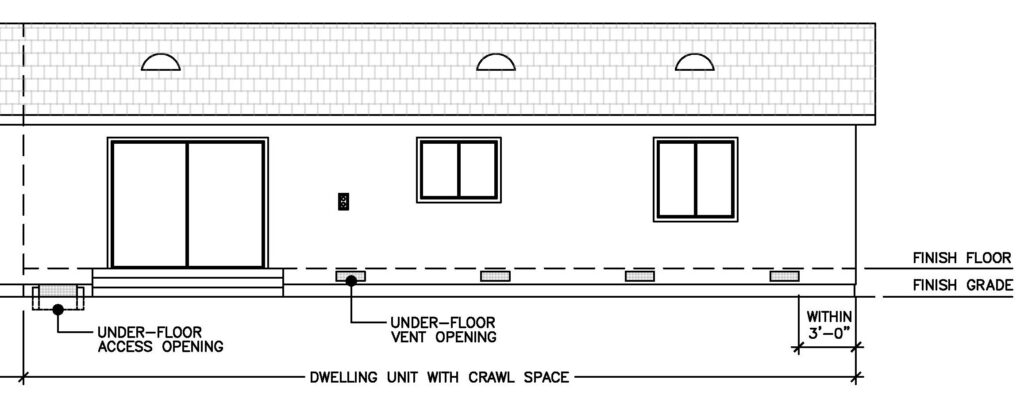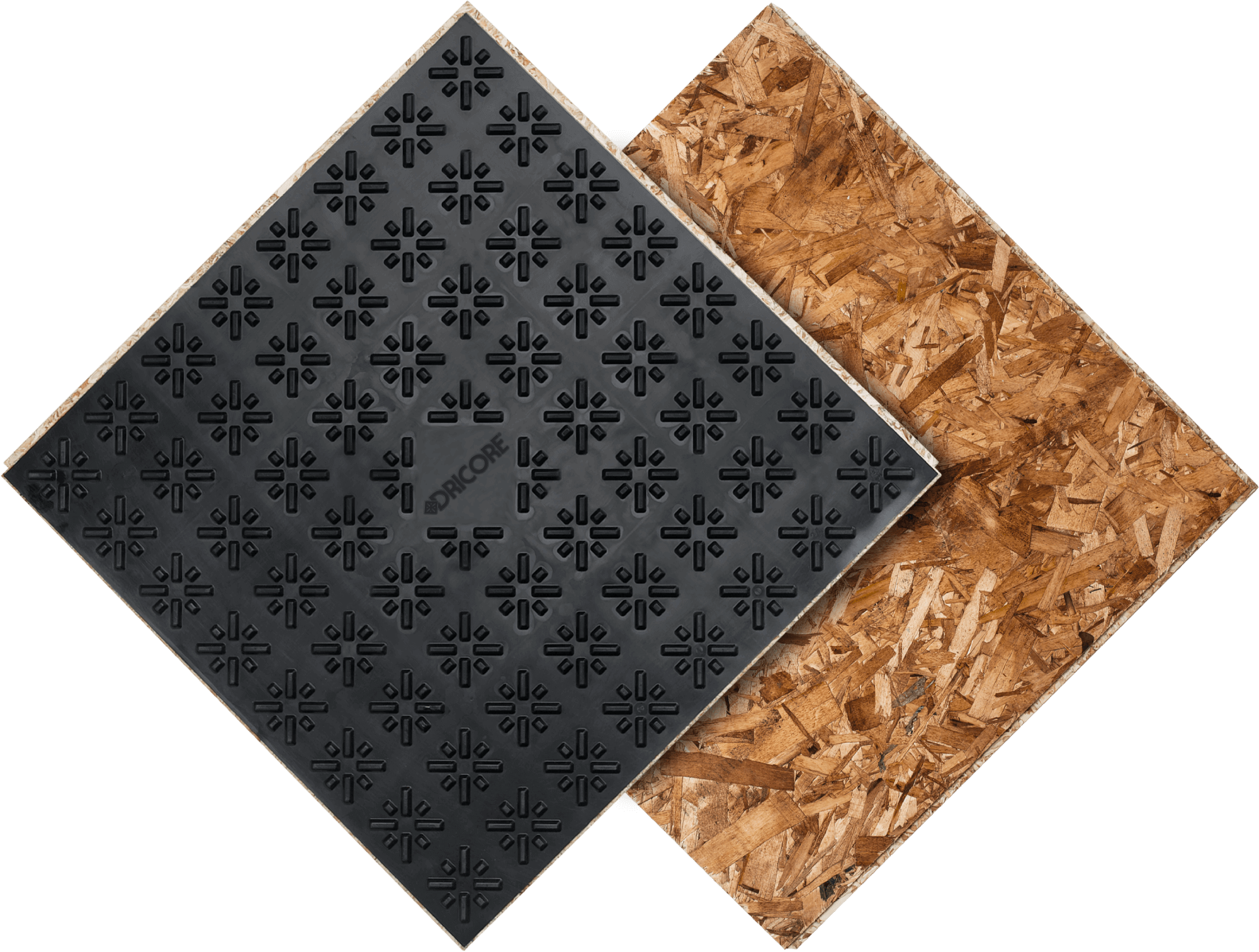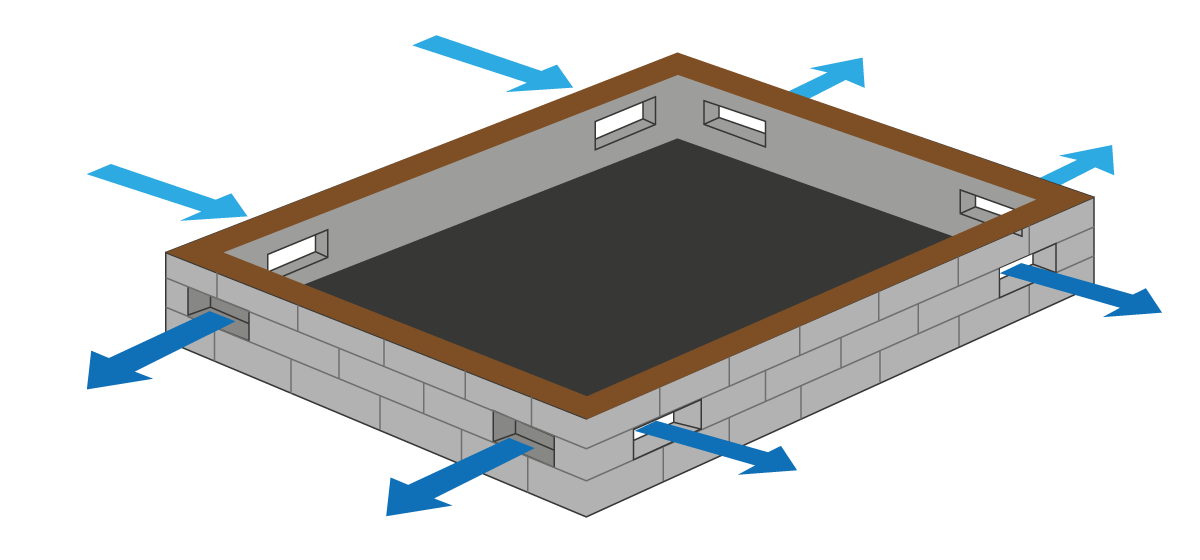Sub Floor Vents Spacing

Their size and spacing depends on the design of the vent and the amount of air it allows through.
Sub floor vents spacing. The general australian standard requirement for the spacing of air vents is that they should be placed within 600 mm of corners and be spaced evenly around the perimeter walls of the building. A clear opening area of 3500 mm 2 100 x 35 mm should be provided for every square metre of floor area. Terracotta 230mm x 150mm 6 200vent in situ. A minimum of five air changes per hour should be provided and double that for wet subfloor spaces.
The space under a suspended timber framed floor must be ventilated. Landscaping should not limit air flow around the external perimeter of the sub floor space and structural elements should not limit air flow. Aleta 230mm x. Of the australian standards a s.
Ventilate the underfloor space by providing ventilation in two opposing external walls. Ensure ventilation has a free and unobstructed path to all areas by making provision for ventilation air to pass through sleeper walls and other sub floor obstructions. The sub floor space must be free from all building debris and vegetation. Obstacles that prevent air flow to and from vents will reduce the efficiency of the sub floor ventilation system.
Openings should be provided within 750 mm of corners and evenly spread. Squared nett ventilation per lineal metre on both external and internal walls. 3600 specifies that the minimum requirement for sub floor ventilation should be one 1 ventilator of 8 400 mm.














